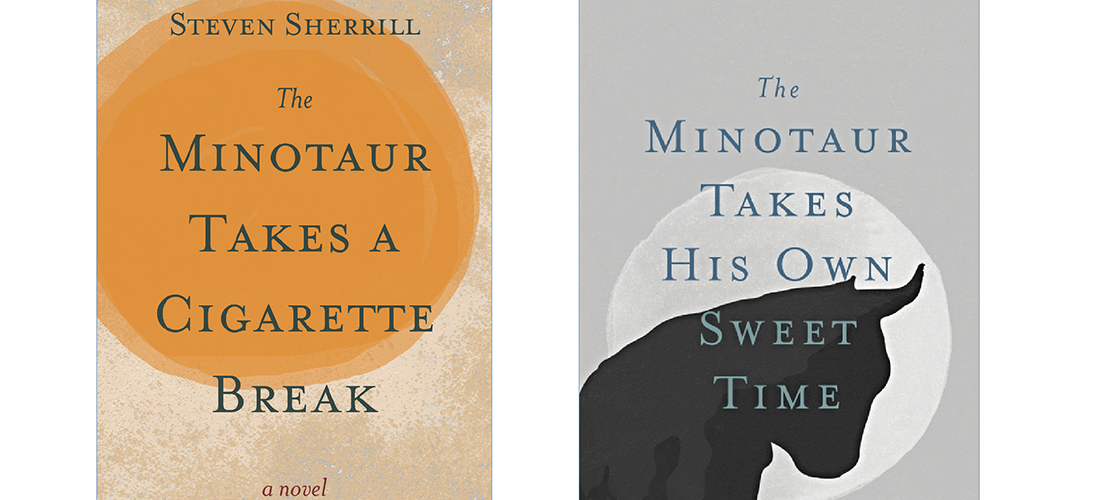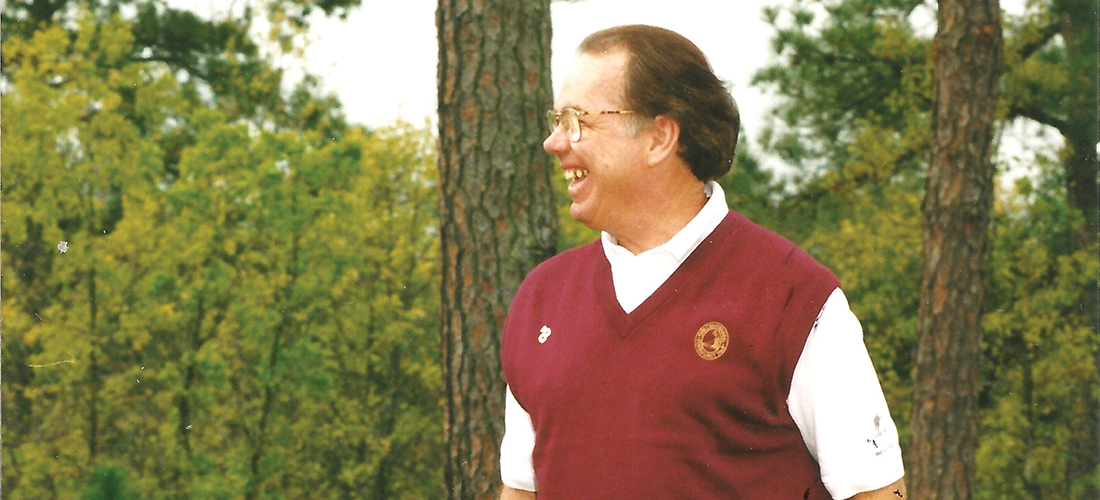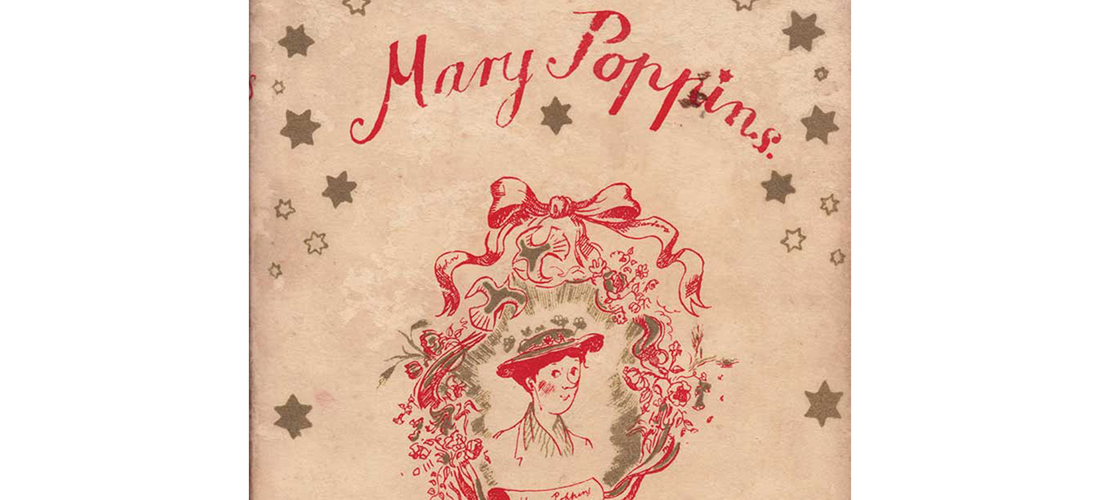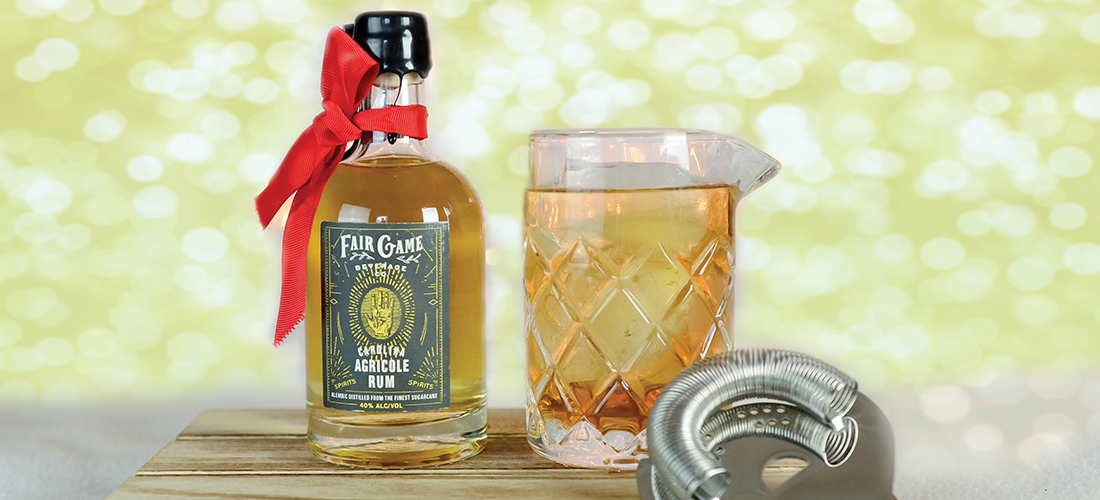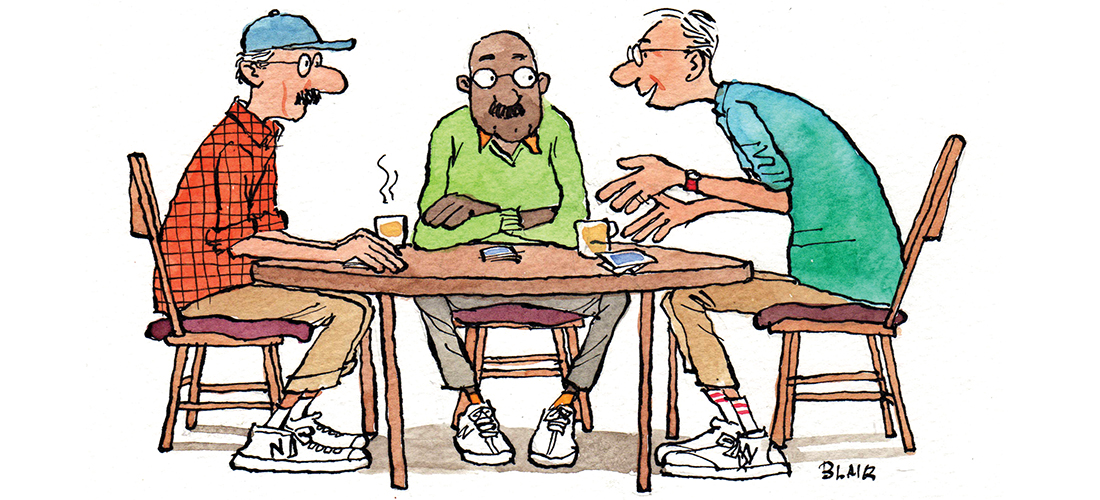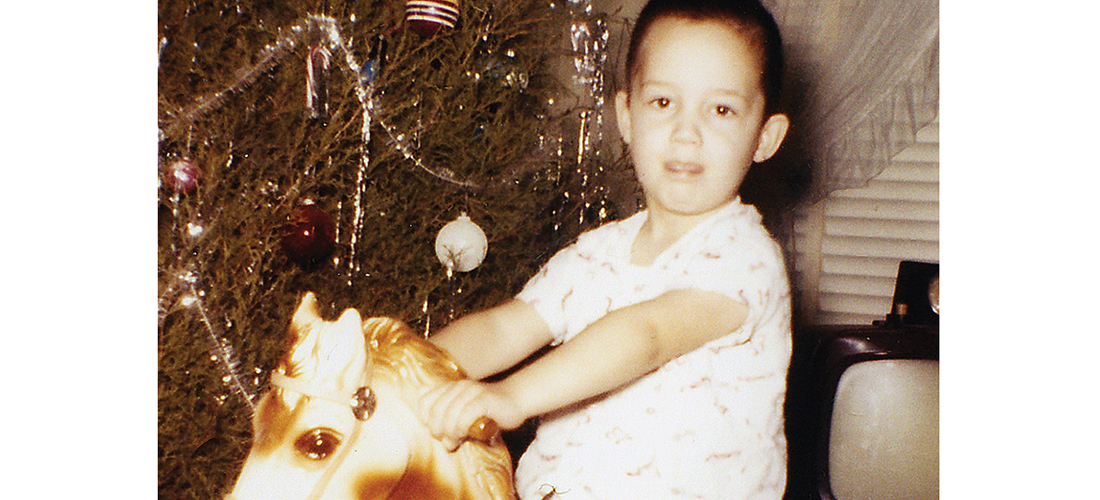By Astrid Stellanova
In the interest of the season, this is a good time to say something nice. (Long overdue, you might be thinking?) Sagittarius qualities make those born under the sign naturally accomplished, because they have energy and curious minds. They travel through life believing the best is possible. They want to know the meaning of life and will travel far to find it no matter what kind of crazymaking place it might take them. Adventure is their drug and so is challenge. Sagittarians are destined for fame: Miley Cyrus. Andrew Carnegie. John Kennedy Jr. Charles Schultz. Tina Turner. Winston Churchill (And so, in the interest of the season, I left out Sagittarian Ted Bundy.) Merry, Merry, Star Children, till next year! Ad Astra — Astrid
Sagittarius (November 22–December 21)
Despite your still having your right mind, it sometimes freezes up on you like Grandpa Hornblower’s hip. You’ve been having some abada-dabada moments that leave you wondering if you need help. Sugar, you are fine in the head department. Just focus on opening up your heart and this will be a holly, jolly month. Give yourself a trip somewhere you haven’t been — you just need a new horizon.
Capricorn (December 22–January 19)
Somebody surprised you with their idea of a gift that looked more like your idea of short-shrift. Do you retaliate? Nooooo, Sugar. You just thank them for the used grill and act like you are thrilled slap to death. Social grace ain’t something you just mumble before a meal.
Aquarius (January 20–February 18)
Would it kill you to act enthused over the new book club’s affection for trashy novels? Well, actually, it just might. You are a closet intellectual, or think you are, but actually, everybody knows you are a Brainiac. You have been outed. We like you just the same, Sweetie Pants.
Pisces (February 19–March 20)
Old age sure is coming at a bad time, ain’t it? You worry about keeping enough money in your oatmeal and granola fund. You worry about keeping your teeth. You worry about keeping your sweetheart from paying too much attention to the neighbor. Well, the good news is, your gums are healthy.
Aries (March 21–April 19)
Nobody likes a hot mess. Actually, they like a cold mess even less. Embroider that on your pillow and remember to just learn this: Saying please and thank you doesn’t just work for first graders. The whole wide world could use more of that. It was your good fortune to get pulchritude in your DNA. (Look it up.)
Taurus (April 20–May 20)
Here’s a snapshot of your month: You joined a support group for procrastinating but haven’t gone to a meeting yet. What gives with all this putting things off? You know you are usually impulsive, but your get-up-and-go has got-up-and-went. No more shoulda woulda coulda. Snap out of it, Sugar.
Gemini (May 21–June 20)
People around you cannot quite believe how nice you’ve been lately. Whether it is medication or just an attitude adjustment, let’s say it was just in the nick of time. You have gotten a little bit of dispensation, Honey, but you can’t pretend you didn’t need to check your bad self. There are still bridges to mend.
Cancer (June 21–July 22)
Even skanks say thanks. At least, that’s what we say when we gather around for a special occasion like a hog-killing or a reunion. (We are nothing if not proud of certain traditions.) Say thanks to somebody for something and try and act like you mean it, will you?
Leo (July 23–August 22)
There’s truth, and then there’s something truthy that you have held onto about yourself. You ain’t exactly fooling anybody who knows you. Sugar, just own it. You have a new chance opening up that is going to require some very vigorous self-examination.
Virgo (August 23–September 22)
Somebody you like made you play two-truths-and-a-lie and you held your breath, didn’t you? You revealed a deep dark something nobody knew. Well, la-di-da. The moment came and went and nobody fell outta their seat. See? Now move on.
Libra (September 23–October 22)
Here’s a confession: you were switched at birth. With an alien. And it is really you who designed the pyramids in another life. And you were also Queen Nefertiti in another incarnation. Did you buy any of this? Well, I hope not, because it is all hooey. What you actually are is some kind of wonderful, all on your own.
Scorpio (October 23–November 21)
If only you received the same pleasure from giving that you do from getting. The fact is, you don’t. So, perhaps this month you can rehearse not putting moi first. It’s the right season, Child, to grow up and be selfless. Then, for heaven’s sake, allow yourself a whole lot of credit for finally owning up to it. PS
For years, Astrid Stellanova owned and operated Curl Up and Dye Beauty Salon in the boondocks of North Carolina until arthritic fingers and her popular astrological readings provoked a new career path.





